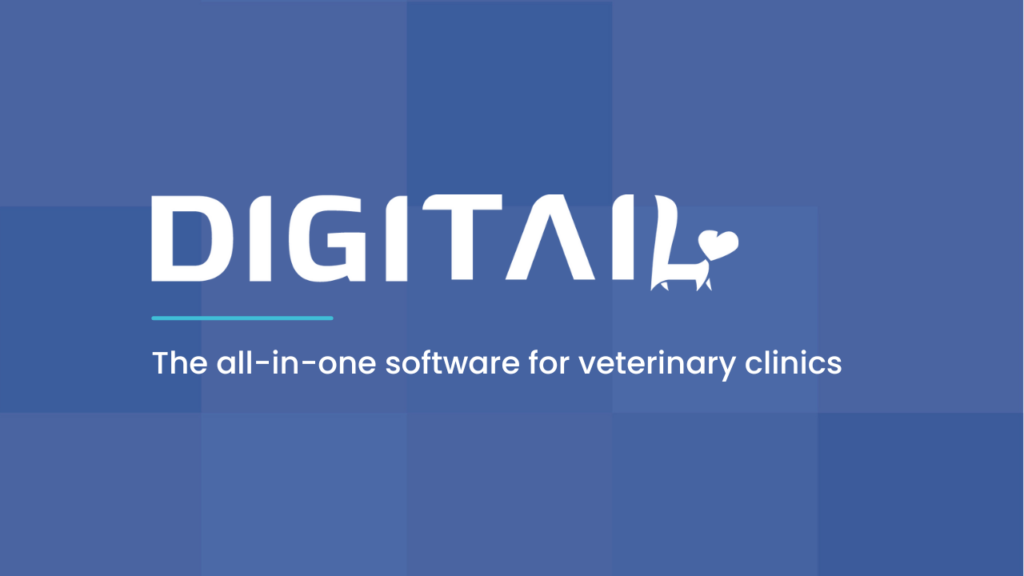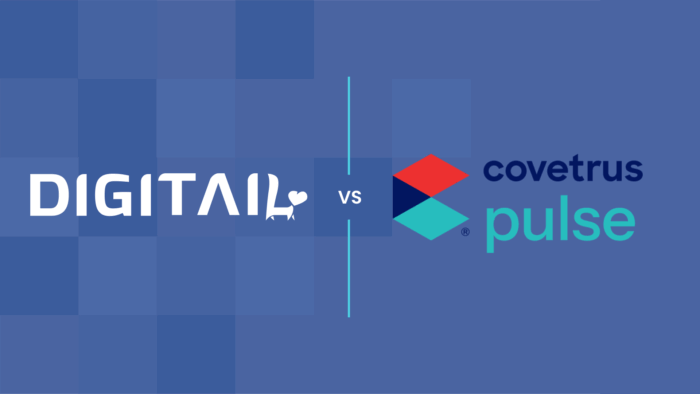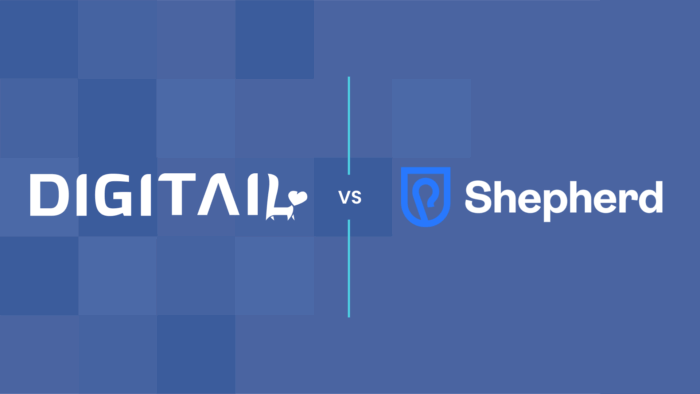
Overcoming the disruption of veterinary software change
It is against human nature to openly embrace change, but most people do not realize that in the majority of cases, the pain of not changing is greater than the effort it takes to implement a change. This is visible in the veterinary sector, where technology is adopted or upgraded at a plodding pace, as the staff is overwhelmed and resources scarce. The short-term effort of investing in change is seen as debilitating to practices. A change in the clinic’s primary software, the Practice Information Management System (PIMS), can be particularly overwhelming as this is intertwined in all aspects of the business and will impact each staff member (and client).
What we usually fail to account for, though, is that the pain of embracing change is short-term, whereas the pain of the status quo will only increase with time. So, how can we prepare and make the transition less painful for veterinary professionals?
Where to start?
The first step is always the hardest, especially when you have a myriad of PIMS systems and 3rd party supporting Apps on the market asking for your attention. Customers’ ever-changing needs don’t make this easier either, as the newer clients are looking for more digital interactions and expect technology to be an extension of self.
The best way to start is to list what causes you pain and what you would like to have available in your practice:
- Time – like many other clinics, you are swamped with telephone calls from clients and are looking at ways to reduce this with automation and online appointment booking that connects to your primary system.
- Automation – you might be struggling with stock and inventory, and you need a streamlined way to keep track of batches and expiration dates so that you can use them efficiently and make sure nothing goes out of date while you are using the newer items.
- Efficiency – your motivation might not necessarily be a pain, so maybe your goal would be to improve further and reduce the time staff spends on client notification making, automation of discharge notes or auto-generated vaccination certificates, and lab results have a significantly positive impact on your practice’s efficiency.
What solutions are there?
Sourcing for the right system is critical. Even though many software carries the name PIMS, their capabilities are significantly different, leading to a mismatch between what you need and what you get.
Thankfully, there are good resources for you to find and compare the offerings in this digital age. One such tool is Capterra, where you can select the providers that caught your eye and then do a shortlist comparison of their features and capabilities while also seeing honest opinions and reviews of current users.
What should be considered?
You have your list of needs and the shortlist of providers, so the next logical step is to evaluate one that fits your practice now and in the future. We believe there are five key factors to consider when changing your PIMS: Functionalities, Support, Data, Cost, Partnership.
Functionalities are what brought you here in the first place and you need to be extra cautious in making sure that what you are looking for is available. You don’t want to end up having to add more apps and integrations into the mix. An integrated app will never have the same flawless communication to the system as a built-in functionality has. It usually becomes a patch to a gap, and it would not be the preferred solution.
Support is a critical factor as this will make or break the adoption of the software within your practice. Initial training and continuous availability from the provider to help guide you and your team are a must-have. The best type of support is a mix of self-learning resources and expert-led training. Also, make sure that the system is easy to use and intuitive because you don’t want to end up spending half your time on the phone with customer support instead of doing actual work.
There are some essential items to look for when it comes to data: Does the provider have a privacy and/or security policy? Can you access your data or request an extract whenever you need it? PIMS data belongs to the veterinary practice and not to the software provider. The provider’s role is to help you manage your data and get the best insights for your practice. Dr. Jules Benson has a great article on this topic, explaining how the relationship around data should work.
Cost is essential, and you want to make sure you are getting the best value for your money. However, even if PIMS have similar prices, it does not mean the final cost for what you need will be the one they put forward. To obtain all those functionalities you are looking for, you might have to bring in additional integrations or apps and drive up the price. This is what separates the final costs when choosing one or another.
Partnership refers to the type of relationship you can build with your provider. The PIMS is not a one-time purchase but a living organism that the provider must sustain and grow as technology evolves and new requirements are needed. Make sure that your provider’s direction is not governed by the interest but by the good of the many.
Making the decision can be difficult, but if the above criteria are met, most of the job is done – meaning that you can be confident about your selection and proceed to the next steps.
What happens next?
Once you have decided, it is time to plan for the onboarding and prepare your organization for the change. Ask your new provider about their onboarding plans, as most will have a plan based on past experiences and best practices and make your life easier.
The best way to prepare your teams for the change is to slowly expose them to the new system through short training sessions as you move closer to the Go Live date. Repeating that information in different ways, written or verbally, also helps.
If you have standard operating procedures or job aids, make sure you assess the impact of the new solution and factor that into the training process.
Defining the data migration needs is the next step towards successful implementation. If you have some time to clean your data before moving it to the new system, it is even better, as you will avoid post-factum data cleaning efforts that are usually more difficult. Ensure that your previous PIMS provider is informed and has enough time to provide your data to you and not delay your plans.
Once you reach the Go Live date, it is essential to work with your provider and establish a partnership as it is in the best interest of both to have a smooth transition. The more you plan, the easier it will be when the time comes.
Suffice to say that changing your PIMS is not an easy undertaking, but it does not have to be as painful as some would imagine. As Jane Fonda famously said, ‘No pain, no gain,’ but it can be less pain and more gain with the right technology and partner.



